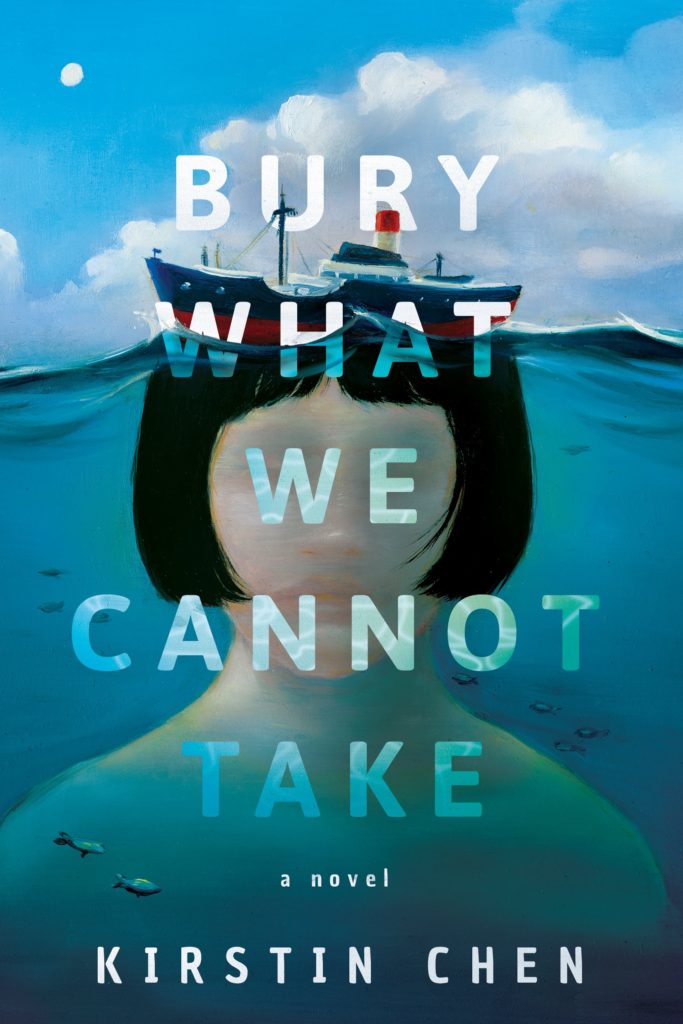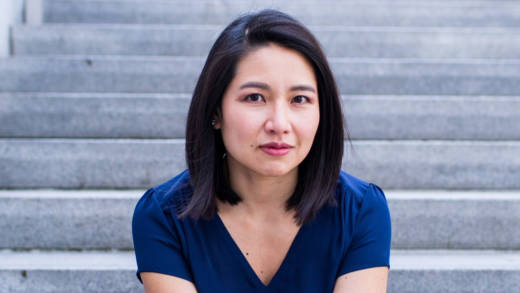To the patter of rain, streaks of sunlight, and howling wind, I fell into this novel — Chen’s second, following the popular Soy Sauce for Beginners.
In Bury What We Cannot Take, a misjudged moment of anger uproots a family. The very beginning of the novel finds twelve-year-old Ah-Liam and nine-year-old San San returning home from school to discover their grandmother kneeling before the family altar and crying, her skirt partially hiding a hammer. Overlooking the room is a portrait of Chairman Mao “smiling benevolently at all who gazed upon him, oblivious to the spiderweb of cracks that scarred him.”

As recently as 2015, an individual defacing a portrait of Chairman Mao faced a sentence of 14 months jail time. In Bury What We Cannot Take, Ah-Liam and San San imagine much more dire consequences. While San San tries to process her grandmother’s “treasonous capitalist act,” her older brother Ah-Liam, fervent to become a member of the Maoist Youth League, writes to the party in secret to confess “the horrific manner in which his grandmother had insulted the Great Helmsman.”
The Ong family tries a ruse to flee — but the government will only give an exit visa to one of the children, and the family is forced to choose who to leave behind, Ah-Liam or San San.
This is just the first five chapters of the book — what follows is a page-turning drama of a divided family struggling to be free, both from capture and from their conscience.
Chen is a precise writer, with enviable control on the page. Bury What We Cannot Take is completely immersive, and the only times I stepped out of the story was to admire the perfection of her word choice. In one instance she writes: “The heady scent of honeysuckle tickled San San’s nostrils, and her sneeze punctured the silence.” I find Chen’s choice of “puncture,” so close to “honeysuckle,” to be absolutely enchanting. And here’s another majestic precision: “With her back pressed to the high stone wall lining the street, she crab stepped down the hill.” I’ve been equally pleased watching a puzzle piece fitting accurately into place.
Bury What We Cannot Take is a joy to read, inclement weather or not.

Kirstin Chen celebrates the release of her novel at the Bindery (1727 Haight in San Francisco) at 7:30 p.m. Bar opens at 7:00 p.m. More information here.
The Spine is a biweekly column. Catch us back here in two weeks.




